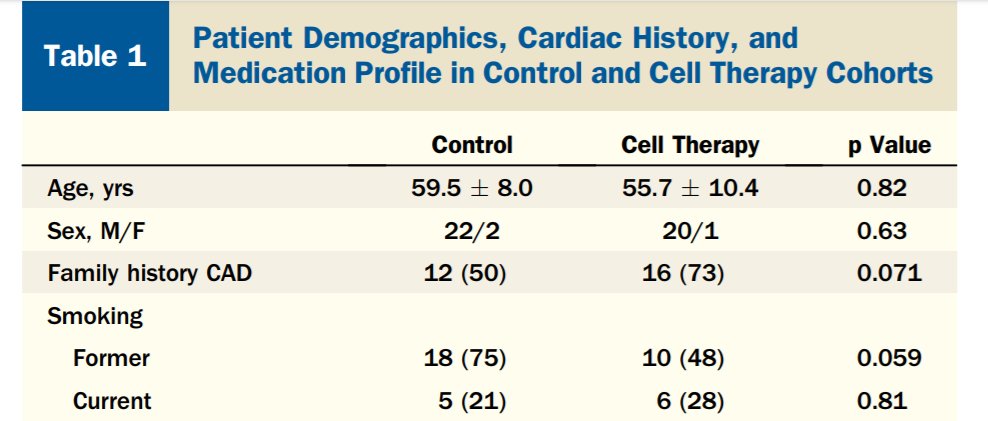You thought you had a simple and easy life, roaring along the highway from 0 upwards.
Until you see this ahead of you.


When you read comic books, she preferred to dance.
When you watched TV, she joined a cycling club.
Now you are almost at a dead end.
And she is running free.

There is a 1 to 1 correspondence.
Every point in your life matches exactly one point in her life. It's just that your steps are getting smaller and smaller, and hers seem to be getting bigger and bigger.
Does that give you a feel for Prob and Odds?

Probability = risk = chance
To me, these are simply synonyms. If people find example where they are different (within medical stats or math) please let me know.
Odds is Prob / (1-Prob)
or you could state it as
Prob of happening / (Prob of not happening)
or
Prob (win) / Prob (lose)
You can always, without exception, deduce either from the other.
They are NOT freely interconvertible with risk ratios (probability ratios, also called relative risk).
Insight provided by Dr Pabari in the Cath Lab of the Hammersmith.
(She is an imager doing TOE for TAVI which is why she is so clever)
This is why knowing the ratio of odds does NOT give you the ratio of probabilities
Nor vice versa.
If the above is not clear watch this
pscp.tv/w/baB8yDFxTFFH…
This is the answer.
Pacemaker infections.
pscp.tv/w/baB9QzFxTFFH…
------------------------------
Third time lucky!
Let's aim for 100% this time, so that we can move on to more harder-er stuff this weekend.
Here is the Francis Industries patented
"Probability <--> Odds convertometer"

Hint. The "A" is there for a reason


In other words, what is the probability of D divided by the probability of C?

And F by reference to E has RISK RATIO 2
Whle D by reference to C has ODDS RATIO ~2
And F by reference to E has ODDS RATIO much greater than 2!


What is their ODDS RATIO?
If they are at the left, all rather low risk, then the answer is "just over 2".
But if they are at the right, then the answer is "much more than 2".
Odds Ratio for D versus C is:
(0.2/0.8)/(0.1/0.9)=2*9/8=9/4 = 2.25 (so "Just over 2" is correct)
Odds Ratio for F versus E is:
(0.8/0.2)/(0.4/0.6) = (4)/(2/3) = 12/2 = 6 (so "About 5" is correct)

However, people in general can understand Risk Ratios but not Odds Ratios.
This Twitter thread has proven this to me more starkly than I imagined!
If the probabilities are all low, e.g. less than ~10% or so, the odds ratio is only a little higher than the risk ratio. So the average person can simply treat them as almost synonymous.
There is no easy fix for that.






